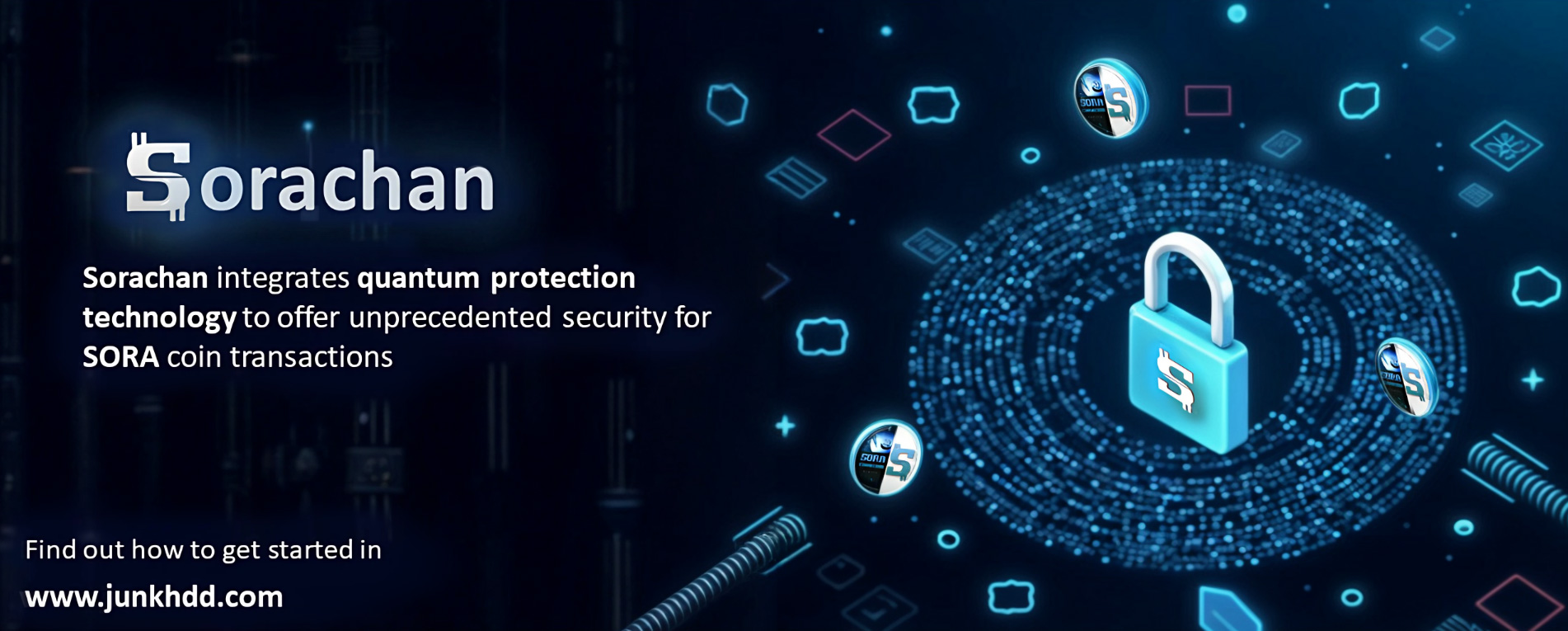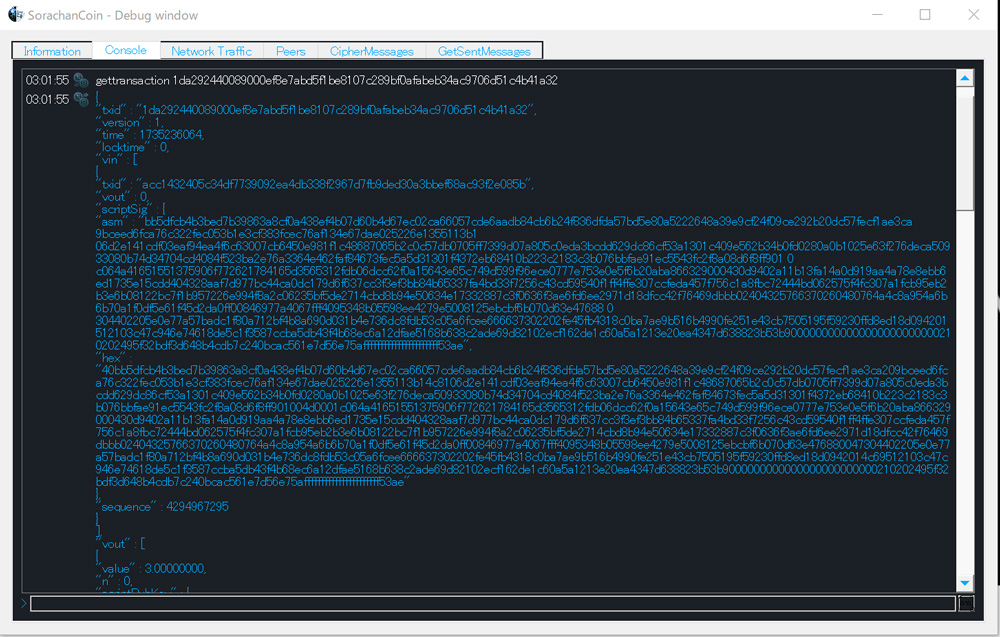The Risks of Ed25519

This document outlines the vulnerability of Ed25519 signatures to quantum attacks. Ed25519, like other elliptic curve-based schemes, relies on scalar multiplication, making it susceptible to Shor's algorithm and quantum Fourier Transform (QFT)-based attacks. This paper details the steps involved in attacking Ed25519 using a quantum computer.
1. Overview of Ed25519 Signatures
Ed25519 is an efficient digital signature scheme based on the Edwards-curve Digital Signature Algorithm (EdDSA). Its key components include:
Key Generation:
\begin{equation} P = kG \quad \text{where } P \text{ is the public key, } G \text{ is the generator, and } k \text{ is the private key.} \end{equation}
The prime number of the finite field is \( 2^{255} - 19 \).
Signature Generation:
Select a random nonce \( r \) and compute \( R = rG \).
Compute the hash: \( h = H(R \| P \| m) \), where \( m \) is the message.
Compute the signature: \( S = r + h \cdot k \mod L \), where \( L \) is the order of the curve subgroup.
In this case, the \( L \) is \( 2^{252} + 27742317777372353535851937790883648493 \).
Signature Verification:
Recompute \( R' = SG - hP \)
Verify that \( H(R' \| P \| m) = h \)
2. Quantum Attack on Ed25519
The primary vulnerability of Ed25519 arises from its reliance on scalar multiplication and the elliptic curve discrete logarithm problem (ECDLP).
Step 1: Exploiting Public Key \( P \)
The public key is defined as:
\begin{equation} P = kG, \end{equation}
where \( k \) is the private key. Shor's algorithm can efficiently solve the discrete logarithm problem to recover \( k \) from \( P \).
Step 2: Exploiting Nonce \( r \)
The random nonce \( r \) used in signature generation is defined by:
\begin{equation} R = rG \end{equation}
A quantum computer can determine \( r \) using the following steps:
(1) Initialization of Superposition
Prepare a quantum state representing all possible values of \( r \):
\begin{equation} |\psi_{\text{initial}}\rangle = \frac{1}{\sqrt{L}} \sum_{r=0}^{L-1} |r\rangle |rG\rangle, \end{equation}
where \( L \) is the order of the curve subgroup.
To enhance the interference effect of QFT and amplify the probability amplitude, \( M \), which can represent a number significantly exceeding \( L \), is created in superposition by increasing the number of qubits, thereby forming a larger address space.
\begin{equation} |\psi_{\text{initial}}\rangle = \frac{1}{\sqrt{M}} \sum_{k=0}^{M-1} |r\rangle |rG\rangle, \end{equation}
(2) Phase Oracle Application
Apply a phase shift to the state corresponding to the observed \( R \):
\begin{equation} |\psi_{\phi}\rangle = \frac{1}{\sqrt{M}} \sum_{r=0}^{M-1} e^{i\phi_r} |r\rangle |rG\rangle, \quad \text{where } \phi_r = \begin{cases} \pi & \text{if } rG = R, \\ 0 & \text{otherwise}. \end{cases} \end{equation}
(3) Quantum Fourier Transform (QFT)
Apply the Quantum Fourier Transform to detect the periodicity of \( r \):
\begin{equation} |\psi_{\text{QFT}}\rangle = \text{QFT}\Bigg(\frac{1}{\sqrt{M}} \sum_{r=0}^{M-1} e^{i\phi_r} |r\rangle\Bigg) \end{equation}
(4) Measurement and Derivation of \( r \)
Measure the quantum state to extract the phase information and compute \( r \):
\begin{equation} r = \frac{\phi_r \cdot L}{2\pi} \mod L \end{equation}
Step 3: Recovering the Private Key \( k \)
Once \( r \) is determined, the private key \( k \) can be calculated from the signature equation:
\begin{equation} S = r + h \cdot k \mod L \implies k = \frac{S - r}{h} \mod L \end{equation}
3. Why Ed25519 Is Not Quantum-Resistant
Ed25519, like other elliptic curve-based schemes, is vulnerable to quantum attacks because:
Scalar Multiplication:
Shor's algorithm can solve the discrete logarithm problem efficiently.
Nonce Dependence:
Quantum computers can determine the nonce \( r \) using QFT-based methods.
Public Key Exposure:
The public key \( P \) provides enough information for a quantum computer to recover the private key \( k \).
4. Transition to Quantum-Resistant Schemes
Given the vulnerability of Ed25519, it is crucial to transition to quantum-resistant cryptographic schemes, such as:
Hash-Based Signatures (e.g., SPHINCS+)
Lattice-Based Cryptography (e.g., Kyber, Dilithium)
Code-Based Cryptography (e.g., McEliece)
5. Conclusion
Ed25519, while efficient and secure against classical attacks, is fundamentally vulnerable to quantum attacks due to its reliance on elliptic curve cryptography and scalar multiplication. As quantum computing continues to advance, adopting quantum-resistant cryptographic systems is imperative to ensure long-term security.
